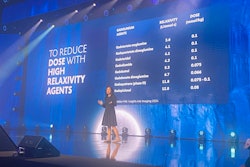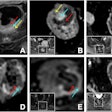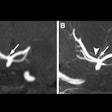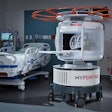Cardiac imaging teams should be aware not only of the adverse health effects of climate change but also the downstream environmental ramifications of cardiovascular imaging, suggests expert Kate Hanneman, MD, in an interview with AuntMinnie.com.
Hanneman, a cardiovascular radiologist at the University of Toronto in Ontario, Canada, noted for instance that heat waves this summer will cause more patients to experience heart attacks and stokes, which increases imaging volumes and thus overall greenhouse gas emissions.
“[Climate change] is very relevant directly to our work in clinical imaging, but also as we think about our role in improving sustainability,” she said.
The “double-edged sword” is how to provide essential medical care in the face of increasing cardiac imaging volumes in a way that reduces environmental impact, Hanneman said. One concrete step is to shorten cardiac MRI protocols, with less time for scans resulting in a reduction in energy use, she said.
“You might think, ‘How much impact can one protocol change have?' On an individual patient level, when you’re scanning one patient, the impact is small, but depending on how frequently you’re scanning patients with that protocol, it can rapidly scale up,” she said.
Turing off scanners not in use overnight can also have a large impact and saving energy saves costs, which is a powerful motivator, Hanneman said.
Also, while AI has tremendous potential to help improve sustainability by reducing acquisition times, for instance, it also requires a massive amount of energy to develop, as well as resources such as water to cool data centers, Hanneman said.
You can listen to the full audio of the interview by clicking below.
AuntMinnie.com · Interview with Kate Hanneman, MD, on sustainability and cardiac imaging



.fFmgij6Hin.png?auto=compress%2Cformat&fit=crop&h=100&q=70&w=100)




.fFmgij6Hin.png?auto=compress%2Cformat&fit=crop&h=167&q=70&w=250)











